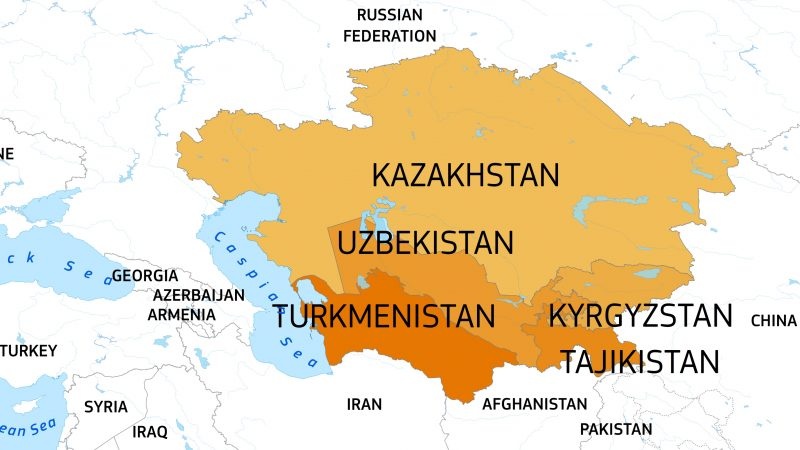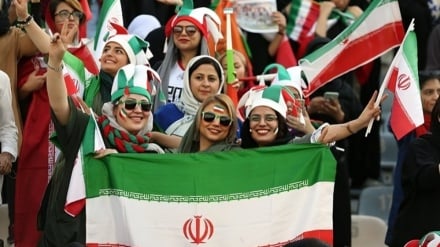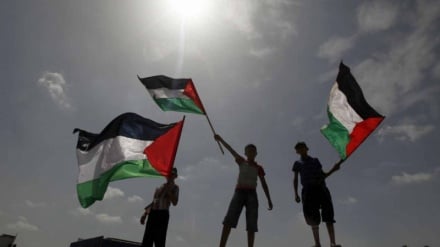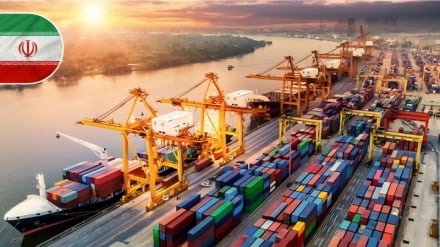India making inroads in Central Asia
The year 2018 has ended on a high note for India. With the recent visits of Uzbek President Shavkat Mirziyoyev to New Delhi and Indian President Ram Nath Kovind’s to Tajikistan, as well as Kazakh President Nursultan Nazarbayev expected arrival in New Delhi early this years, India is clearly showing its keenness to engage with the landlocked Central Asian countries, with whom the only safe and sure connection is through the land bridge provided by the Islamic Republic of Iran.
Here we present you an interesting feature by analyst Abhishek Mohanty that appeared in Asia Times, titled “India Making inroads in Central Asia”.
Central Asia holds a very significant position in India’s foreign-policy discourse, as India has made the region part of its “extended neighborhood.” In a recent address to the Indian diaspora in Tajikistan, Indian External Affairs Minister Sushma Swaraj reiterated that India’s cultural and historical ties with Central Asia were age-old and that both shared similar family values and cultures.
However, India lacks direct access to Central Asia because of the presence of an inimical Pakistan and unstable Afghanistan. But during his recent visit, Mirziyoyev invited India to assist in developing strategic railway connectivity in Afghanistan. The projected 650-kilometer rail link would connect the Afghan cities of Mazaar-e Sharif and Herat and could be extended to Kabul in the future.
This would undoubtedly make an India-Iran-Afghanistan-Central Asia-Russia-Europe North-South transport corridor operational and 100% lucrative, in contrast to a closed venture like the China-Pakistan Economic Corridor. The Herat-Kabul rail link would connect with India’s “air corridor,” allowing trade of dry fruits and agricultural products between India and Central Asia in a considerably shorter time.
Uzbekistan previously dedicated US$500 million for the venture, which could become another key regional connectivity project for India after developing the Shahid Beheshti Port in Iran’s Chabahar and the Zaranj-Delaram Highway in Afghanistan.
Uzbekistan is also enthusiastic about taking part in the tri-nation transit trade agreement among India, Afghanistan and Iran, under which India is constructing a rail route from Chabahar to Zahedan on the Iranian-Afghan border. It has held dialogues with Iran, the Asian Infrastructure Investment Bank (AIIB) and China, which is at present running a rail route into Uzbekistan under the Belt and Road Initiative.
Uzbekistan backs a larger Indian presence in Central Asia and expects to share mutual profits with Afghanistan. It welcomes India for its demonstrated record, involvement and understanding, and historical contribution to peace and reconciliation in Afghanistan. Uzbekistan pursues open trade and connectivity routes “all the way to the Indian Ocean.”
India must gear up to help the Central Asian countries accelerate links to the Indian Ocean. Regional cooperation for infrastructure growth can wait for some time, lest these countries tumble into wrong influences and become debt-ridden.
Meanwhile, Kovind’s visit to Tajikistan saw India reaching out to that country in an undemanding way. The main focus of the meeting was obviously the necessity for long-term bilateral defense cooperation and the necessity to eliminate extremism and terrorism. But there was also an approach to constructing softer connections as well.
India is determined to bring light to Tajikistan – literally. There has been an assurance from India that it would assist in bringing solar power to seven villages.
The two countries also expect to encourage the International North-South Transport Corridor and other connectivity ventures such as the enlargement of Chabahar Port and the Ashqabad Agreement for a free flow of goods. A huge emphasis on increasing trade between the two countries was in focus during Kovind’s visit.
This approach to strengthening relations through culture and trade is one that the Indian government appears to be implementing enthusiastically. In Uzbekistan, there has been a significant development toward strengthening people-to-people contact, and promotion of cultural festivals.
This tactic appears to have been implemented with Tajikistan too. During Kovind’s visit to Tajikistan, the two heads of state agreed that the remembrance of the Hero of Tajikistan, the great Tajik poet Mirzo Tursunzoda, who wrote expressively about India and admired the sociable relations of the people of India and Tajikistan, would significantly boost cultural relations between the two countries.
Nevertheless, the disturbing aspect is that India’s trade statistics with the Central Asian countries are still very low when compared with China’s. For example, India’s annual trade with Uzbekistan is just US$323 million. But India in the present day is a much more durable power than it was 25 years ago and, hence, its self-interest has progressed over the years. Therefore, India is taking seriously Chinese motivations of regional supremacy and consequently, is trying to counterweight China’s influence in the region.
Central Asia appears to be India’s natural companion in every respect. What is necessary is more proficient use of mechanisms of economic power, and making Central Asia a significant marketplace and investment terminus for Indian companies. The region is quickly getting connected to international markets for manufacturing, delivery of raw resources and facilities, and getting incorporated into the Trans-Eurasian transit corridor.
In the persistently fluctuating state of affairs in world politics, and geopolitical rivalry in the international and regional echelons, India and the Central Asian countries need each other’s support. With China looking to control the region with its mammoth developmental schemes under the One Belt One Road (OBOR), it is essential for India to make sure it is capable of keeping its friends close.
SS/SS



